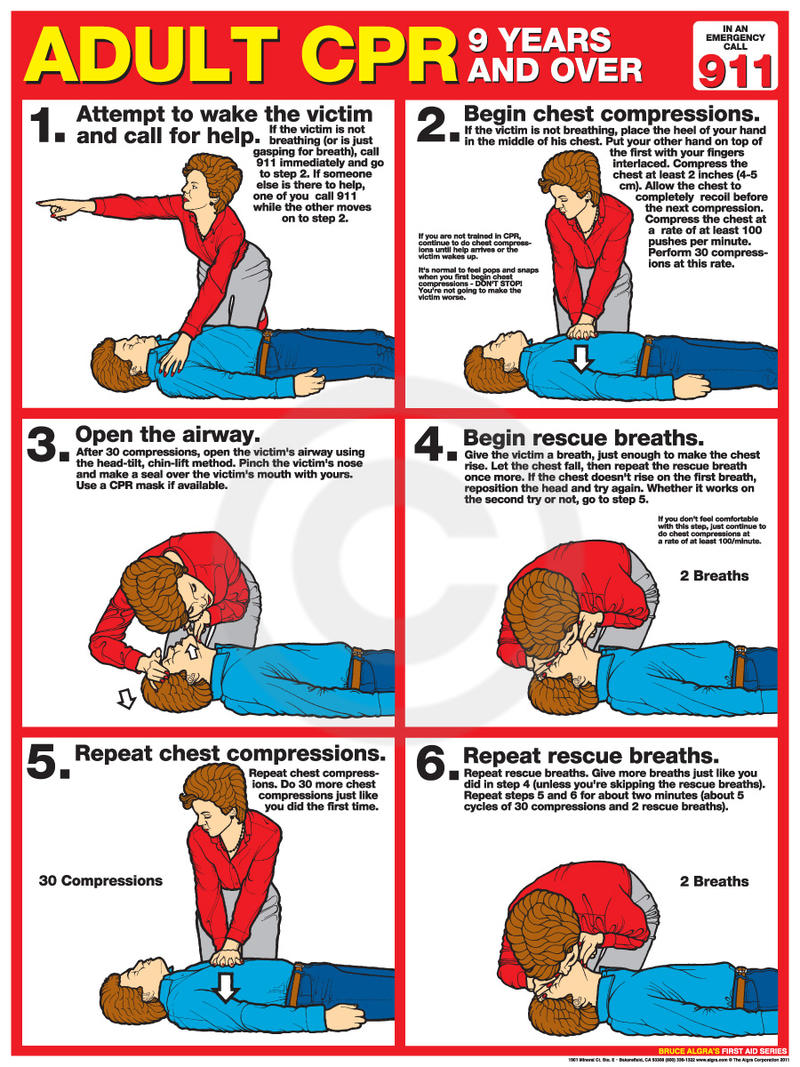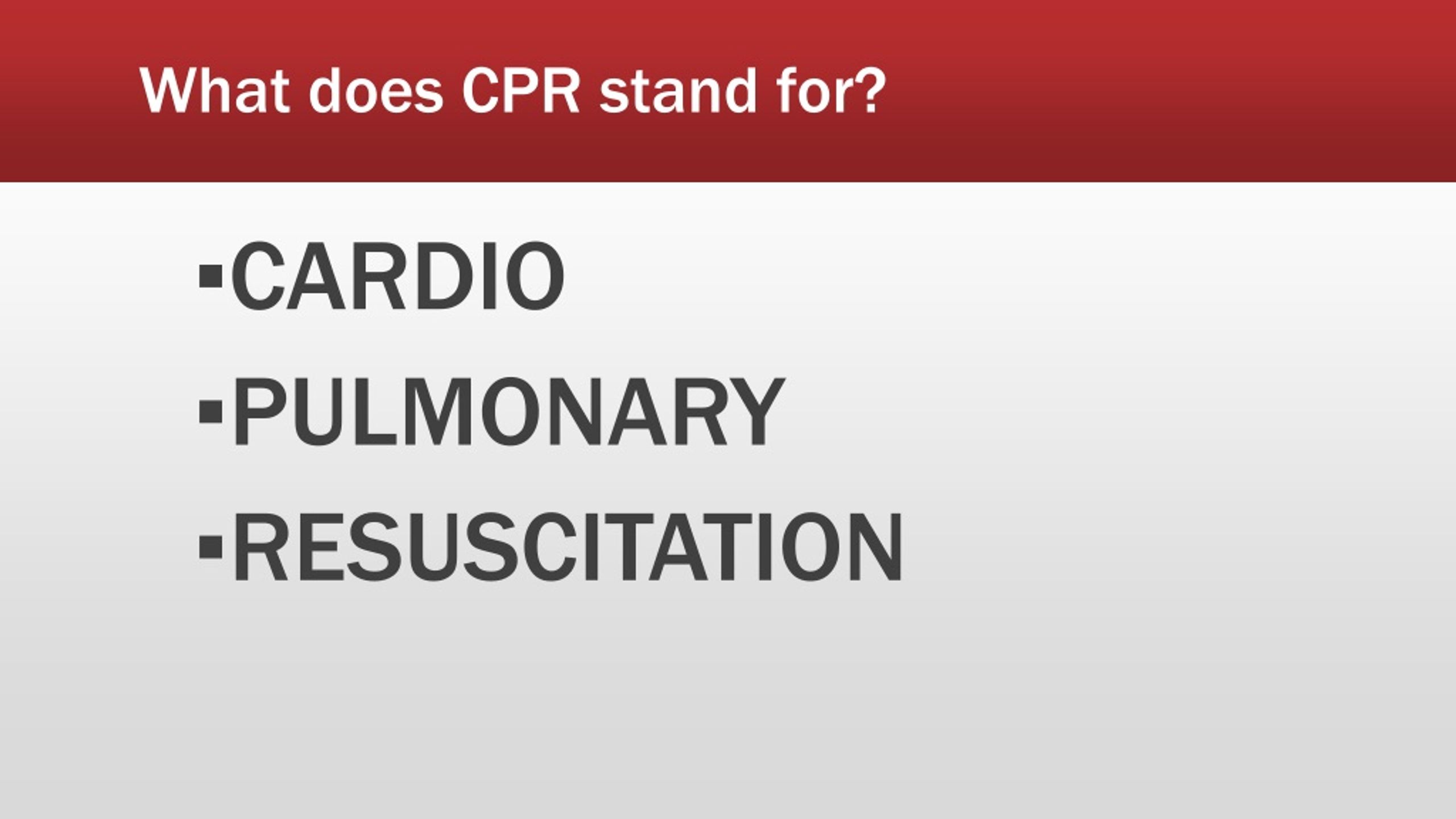

If an AED is not available, proceed to step 5 below.
CPR STANDS FOR PROFESSIONAL
If you are not trained to use an AED, a 911 operator or other emergency medical professional may be able to direct you. Give the first shock, then he continues the chest compressions for two minutes before giving the second shock.ĥ. When an automated external defibrillator (AED) becomes available, put it on and follow the instructions. Thirty chest compressions and two breaths count as one cycle.īe careful not to breathe too often or exert too much force.Ĭontinue chest compressions to restore blood flow.Ĥ.If the chest does not rise, tilt the head and repeat the chin lift, then breathe again. On the first breath, he inhales for 1 second to see if his chest rises. After securing the airway (using the tilt and chin lift maneuver), pinch the nostrils closed for mouth-to-mouth resuscitation and seal the patient's mouth with your own mouth.If the mouth is severely injured or cannot be opened, rescue ventilation may be mouth-to-mouth or mouth-to-nose resuscitation.Ĭurrent recommendations recommend rescue ventilation using a bag-mask device with a high-efficiency particulate air filter (HEPA). Then, with your other hand, gently lift your chin forward to clear the airway. Place your palm on the person's forehead and gently tilt his head back. If you are trained in CPR and he has performed 30 chest compressions, use the head tilt and chin lift maneuver to clear the patient's airway. If trained in CPR, continue to clear the airway and administer ventilation. If you are not trained in CPR, continue chest compressions until you see signs of movement or until an ambulance takes over. After each thrust, let the chest bounce (recoil).The American Heart Association (AHA) suggests performing compressions to the beat of the song "Stayin' Alive." Press hard at a rate of 100-120 times per minute. Use your entire body weight (not just your arms) when performing the compressions.Push straight down (compress) your chest at least 2 inches (5 cm) and no more than 2.4 inches (6 cm).

Keep your elbows straight and your shoulders straightforwardly over your hands.

Put your other hand on top of your, beginning hand.Place the bottom of your palm (heel) on the center of your chest, between your nipples.Kneel by the person's neck and shoulders. No exceptional adapt is required to perform CPR.Steps to perform CPR Compression: Restores blood flow Compression means using your hands to push someone's chest hard and fast in a certain way.Ĭhest compressions are the foremost critical step in CPR. Help people remember the order in which to perform the CPR steps. You have to do it in the correct order or sequence.
CPR STANDS FOR DOWNLOAD
If you are preparing for competitive exams and are looking for expert guidance, you can check out our General Knowledge Ebook Free PDF: Download Here. No uncommon gear is required to perform CPR. People who frequently respond to emergencies, such as doctors, lifeguards, and firefighters, are trained to provide CPR. It helps restore blood flow to the heart and brain until treatment is possible.


 0 kommentar(er)
0 kommentar(er)
